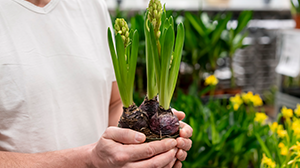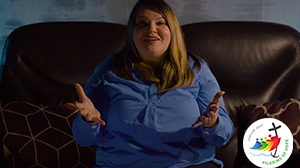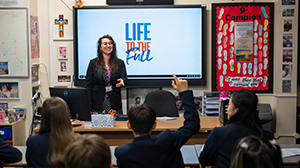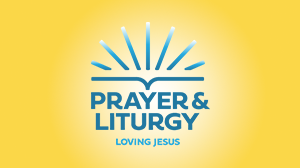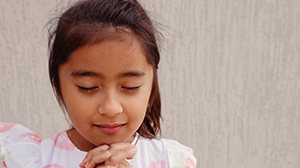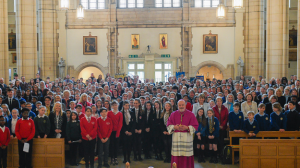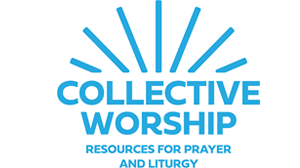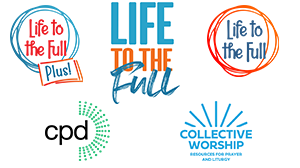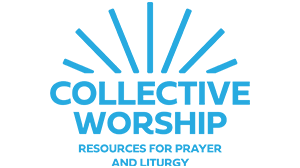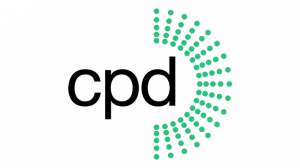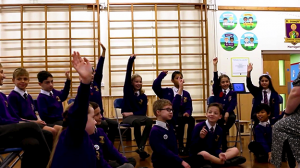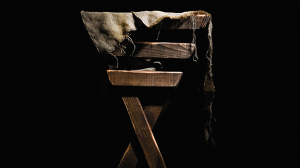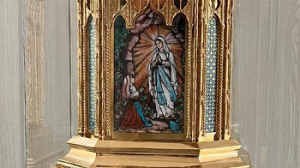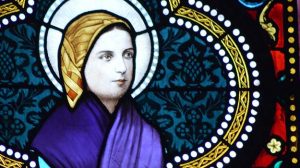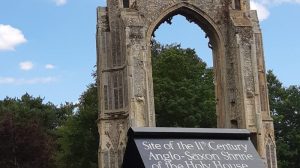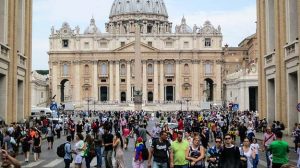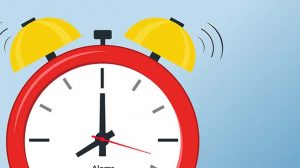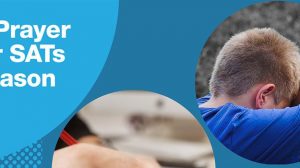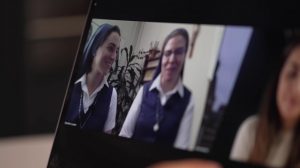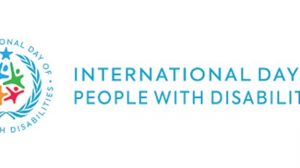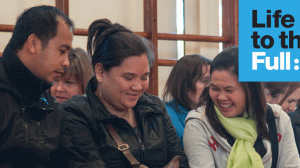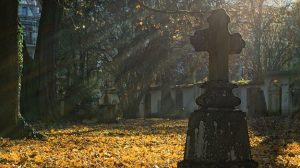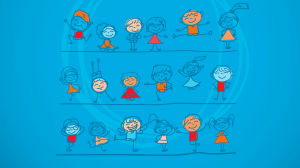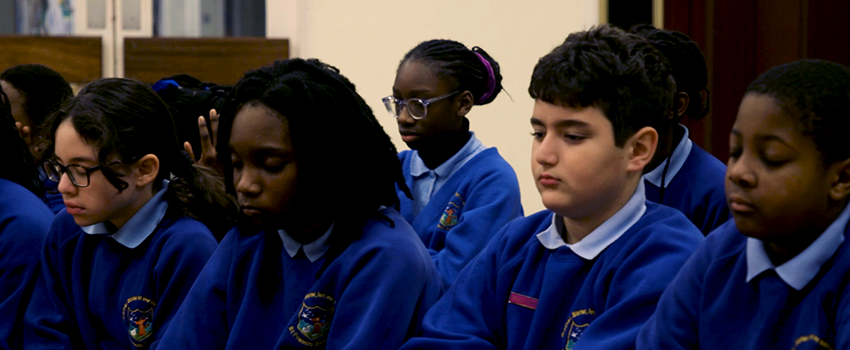
It can be challenging to hand over the planning and preparation of prayer times. Today’s Hub article reflects on how we can encourage and support the pupils in our schools to lead times of prayer and worship. Catholic schools significantly contribute to how our young people learn to pray. For many of our pupils, the only experience of prayer and worship they will get is in school.
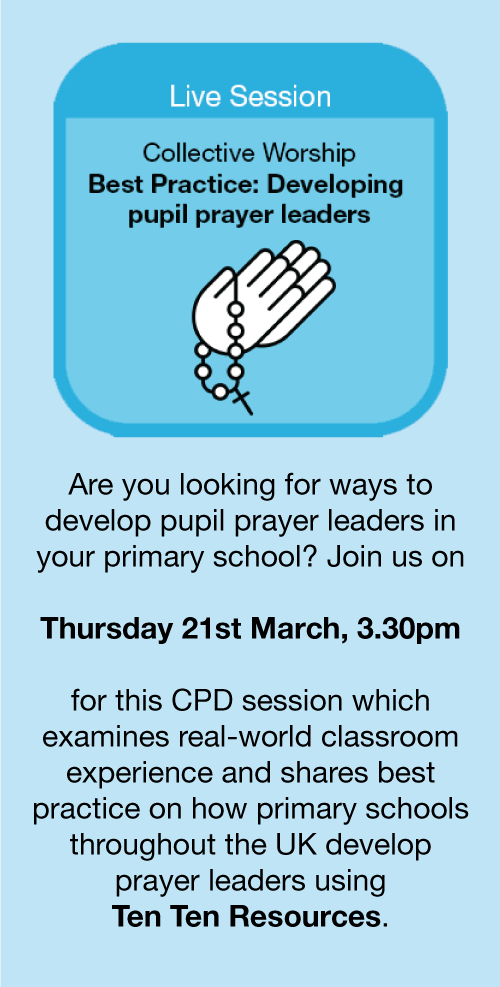
Nevertheless, It can be hard to find regular times within a busy curriculum to help pupils develop their understanding and practice of prayer, never mind the skills and confidence required to lead others in prayer.
The New Prayer and Liturgy Directory
The new Directory entitled ‘To love you more nearly’ has guidance on who should be leading times of prayer and liturgy in schools. You can find this on pages 19-25.
It also encourages us to ensure that those who do lead are well-formed, particularly those who will perform liturgical ministries such as leading Celebrations of the Word, Altar Servers and even the choir.
The Directory suggests that good liturgical formation has three dimensions:
- Fostering an age-appropriate appreciation of the liturgy, especially of the elements involved in a person’s particular role.
- Developing the necessary technical skills to perform that role.
- Encouraging a person’s understanding of service and prayerful engagement for their role in the liturgy
And regarding formation in prayer:
As the Directory points out, the first way we begin to be formed in our spiritual lives is through experiencing prayer and liturgy for ourselves. The Directory expects schools to provide opportunities for all three kinds of prayer in a way that suits their context and pupils. It also expects schools to help pupils to lead prayer in different ways.
Preparation Time
Leading prayer requires preparation and the Prayer and Liturgy Directory introduces three categories to guide the preparation needed. These are Prayer, Celebrations of the Word and Liturgy.
Finding time to prepare is always difficult, but it is essential. Pupils might have a role in leading a prayer at the start of the school day or at lunchtime and they will need to rehearse doing this so they can stand and speak with confidence. In a weekly assembly, a group of pupils might bring to life the Gospel passage that has been solemnly read, by re-reading it alongside a mimed drama. This does not have to be complicated, but it will need rehearsing. Finally pupils will be involved in liturgies regulated by formal instructions and rubrics. The most obvious example is the Mass, where pupils need to be prepared by walking through their role with them and practising it beforehand – whether it be bringing up the offertory gifts, reading or altar serving.
Developing skills with Ten Ten Resources
Here at Ten Ten Resources our Collective Worship resources currently follow a four part structure; welcome, word, worship and witness. You may call them something different, depending on your diocese but essentially they mean the same thing.
Each of these four parts of prayer and worship needs its own particular skills. Pupils will need help and guidance to develop these skills, and the understanding that goes with them, if they are to become the leaders of prayer in your school.
- Welcome/Gather
The first focus is ‘Welcome’. Pupils who are leading prayer need to recognise that what is happening or about to happen is different to the rest of the day. While there are no learning objectives for times of prayer and worship, pupils who lead are still inviting others to participate and engage. The hoped for outcome is that they might recognise and experience the presence of God.Prayer leaders can use objects and signs to help with creating the right atmosphere for prayer. A lit candle, a crucifix, gathering round the prayer table or maybe going into the school chapel. They can also guide others through stilling techniques, encouraging them to sit comfortably, stop, rest and be open to God’s grace.
- Word/Listen
The second focus is about hearing and listening to God’s Word. There are two different skills that need to be developed here. Firstly pupils who lead need to help others to listen to the Word of God, not just with their ears but with their hearts. Christians believe that God speaks through scripture. Often a passage from the Bible will relate to our lives in a unique and specific way. Even a short introductory phrase can set the scene for this – ‘Let’s take a moment to get ourselves ready to hear what God is saying to us through His Word.’Pupils who are leading prayer also need to be taught how to proclaim the Word of God. This is especially important if they are to fulfil the role of Lector or reader. Pupils need to be given enough time to practise, ideally in the space where the reading will take place. If they are going to be using a microphone this rehearsal time is especially important, so the way their voice sounds doesn’t come as a surprise.
It is also important that pupils understand what they are reading. They don’t need to do a Biblical exegesis or theological explanation but it would be helpful to have an overall idea about what type of writing it is, the main purpose and message. Just as in literacy, we want pupils to be able to comprehend what they are reading, not just be able to simply recite what is written. In this way, the pupil reading can try to communicate that understanding through their tone of voice, eye-contact and even facial expression.
- Worship/Prayer/Response
This part of the prayer is where we invite pupils to spend some heart to heart time with God and respond to what they have heard in His Word. If pupils are leading and there is a time of silence, they need to announce this and help everyone to know what to expect. This is also where prayers of intercession could be written and led by pupils, with guidance on how to structure these using perhaps an example or template. Another idea is a prayer journal, which could work with older pupils especially.
- Witness/Send/Go/Mission
All encounters with God will change us in some way, whether we notice it or not. During the ‘Witness’ part of our prayer, pupils are invited to reflect on their prayer experience and on what actions they could commit to in response to their time of prayer and worship. We can help the pupils by suggesting ways in which they can put what they have encountered into practice in their lives. Prayer leaders could also invite ideas to be shared. In one school I visited this was done without any kind of comment and it allowed a dozen pupils to express their thoughts.
Non-Christian pupils
We need to be sensitive to the fact that many of the pupils in our schools come from a different faith or none at all. As the Directory explains, it would not be appropriate to invite non-Christians to lead prayer nor to participate in Christian gestures like the sign of the cross. On the other hand, pupils leading prayer can invite everyone to have a moment of self-reflection, to make connections with their own beliefs and values, and to take actions that will be of benefit to themselves and others.
Praying Together
The Catholic Schools Inspectorate, in their Inspection handbook, describe what they are looking for when it comes to pupils leading times of worship. In the Grade Descriptors for how well pupils participate in and respond to the school’s collective worship, they say that in outstanding schools:
Enabling pupils to reflect on the quality of prayer and liturgy is one of the biggest challenges for schools. We know from our recent survey and school visits that this is also an area where schools are looking for support and ideas and we are keen to help.
Collective Worship Developments
This leads on to some changes to our Collective Worship programme. Firstly, in May we will announce the rebranding of our programme with a new name inspired by the rich teaching and guidance given in the Prayer and Liturgy Directory. From September will be rolling out new resources to meet the evolving needs of schools. These will include a range of new, innovative ideas, including tools to help with developing pupil prayer leaders, best practice CPD for teachers and new approaches within our classroom prayers.
Upcoming CPD
If you know that developing prayer leaders is something you want to focus on in your primary school, why not join us on Thursday 21st March, 3.30pm for our dedicated CPD session: Best Practice: Developing Pupil Prayer Leaders.
Once again, just a reminder that if your school is not already subscribed to our CPD Package you can find out more by going to the CPD page on our website. Here you can sign up to a trial that gives full access to all content for 3 weeks for three members of staff and/or governors.
Sign up for 3 week trial of CPD Package

